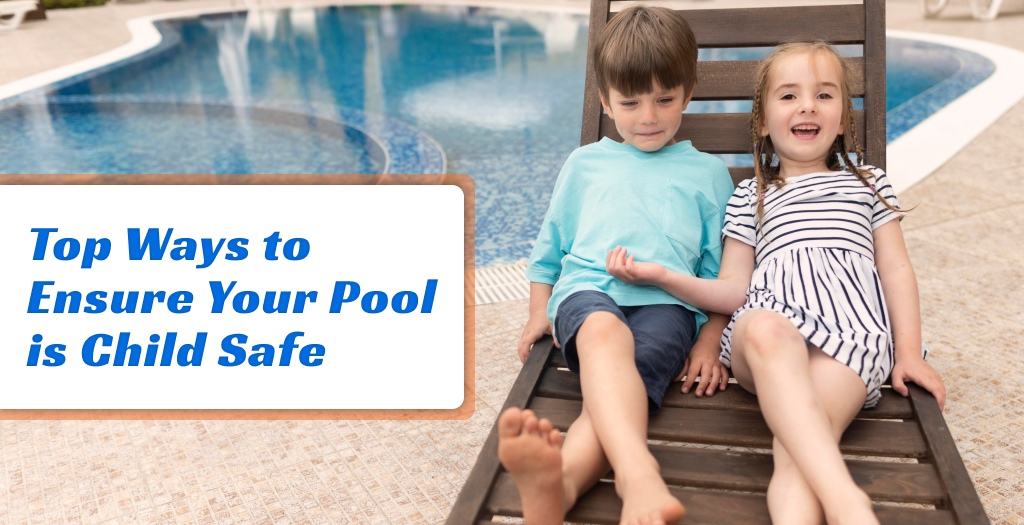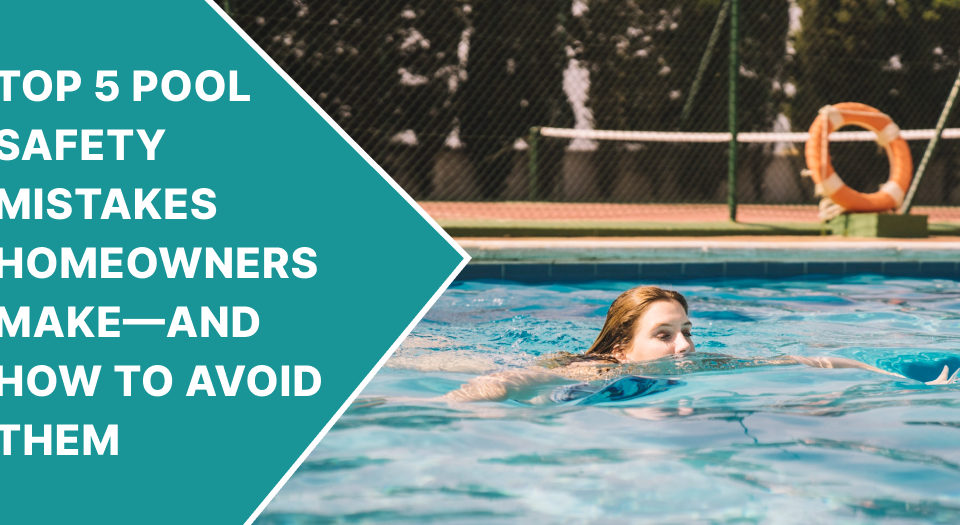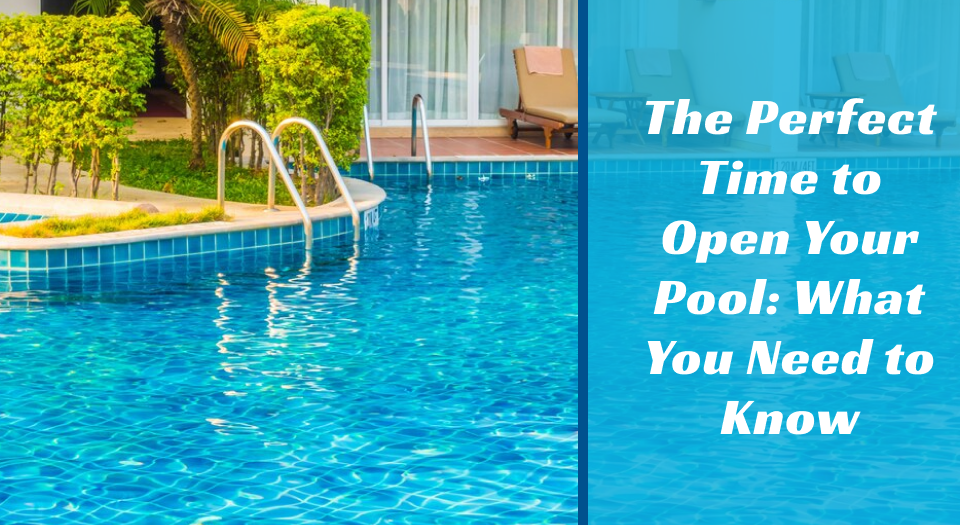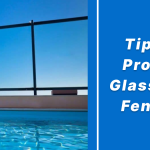
Tips to Protect Glass Pool Fencing
May 27, 2024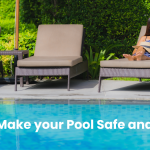
Tips to Make Your Pool Safe and Stylish
June 28, 2024Making your pool is child-friendly is essential to any home and a responsibility that should be a high priority. Pools are very popular and inviting, but they present one of the major risks to children if there are no safety standards. Such accidents contribute to raising the rate of child mortality attributed to unintentional injuries, including drowning. This blog will teach you how to minimize risk for kids on pool fences, use fences, pool covers, and alarms, and teach your child about swimming. Following these easy but smart ideas, you will enjoy your swim while ensuring your children are protected.
#1 Install a Pool Fence
Installing a pool fence ensures unauthorized access to the pool area. Here are the things you should know:
Why It’s Important
A well-constructed pool minimizes the risk of drowning among kids who try to enter without adult supervision. A pool fence keeps children at a safe distance from the swimming pool without having to be watched constantly by an adult.
Features to Look For
- Height: A pool fence should be at least four feet high.
- Material: Use materials such as wrought iron, mesh, or vinyl, solid and resistant to deformation.
- Gate Locks: Such gates must be self-closing and self-latching so the fence stays closed as intended.
Local Regulations
Find out what the regulations regarding pool fencing are in your state. Some sites have special regulations to minimize the risks as much as possible.
#2 Use Pool Covers
Another protective barrier is pool covers that help avoid incidents.
Types of Covers
- Automatic Covers: These are easy to use and easily operated with a switch.
- Manual Covers: These have to be placed manually and are equally as useful.
- Safety Covers: These covers are safe and made to hold the weight of a child or a pet.
How They Work
Pool covers help form a barrier to water so children cannot fall into it, ensuring the cover is tightly closed and intact.
Maintenance Tips
The best approach is to inspect your pool regularly for any damage and replace it if it shows signs of damage.
#3 Set Up Pool Alarms
Pool alarms alert you the moment someone enters the pool area.
Types of Alarms
- Gate Alarms: These alarms sound up the moment someone enters the gate.
- Surface Wave Alarms: These detect when someone touches the pool’s surface.
- Sub-Surface Alarms: These detect movement below the water’s surface.
Installation Tips
The best solution is to place alarms at all entry points to the pool area. Carefully follow the manufacturer’s instructions for proper installations.
Testing and Maintenance
Test your alarms to make sure they are working in the right order. Change batteries as per requirement.
#4 Educate Your Children
Providing knowledge is the best way to avoid pool accidents.
Swim Lessons
Enrolling your kids in swim lessons will help them learn how to swim properly.
Safety Rules
Implementing pool regulations, such as no running or diving in shallow water or swimming without adult supervision, will establish strong safety.
Supervision
Make sure kids are diving into the pool under adult supervision. Always designate a responsible adult to check on the kids.
#5 Invest in Safety Equipment
Wearing the right safety equipment on hand can prevent causing any emergency.
Life Jackets and Flotation Devices
Life jackets are guardians in the pools for children, even if they are not good swimmers.
First Aid Kit
Maintaining a first aid kit near the pool is the best practice. Items like bandages, antiseptic wipes, and scissors are part of the first aid box.
CPR Training
Learn CPR and make sure the frequent swimmers know this practice. CPR is a critical part of any drowning incident.
#6 Maintain Proper Pool Hygiene
Keeping your swimming pool hygienic and well-maintained is crucial for safety.
Water Quality
Regularly testing the pool water can help maintain the proper chemical balance. Poor water quality can cause illness and reduce visibility.
Cleaning Schedule
Maintain a regular cleaning schedule to remove debris, which can cause slips and falls or become hazardous in the water.
Regular cleaning will help remove debris, avoid slips and falls, and make the pool less hazardous.
Inspecting Equipment
Regularly look at filters, pumps, and drains to be sure they are functional and clear of blockages.
#7 Implement Technology Solutions
Use current technology to improve pool safety.
Smart Pool Monitors
Smart monitors can track water quality and temperature, notifying you of any problems.
Surveillance Cameras
Place cameras surrounding the pool to track activities and keep children safe.
Pool Management Apps
Apps allow you to remotely operate pool covers, alerts, and other safety measures.
#8 Create a Pool Safety Plan
Having a detailed safety method is critical.
Emergency Procedures
Prepare a plan on what to do in an emergency. Confirm that all family members follow the processes.
Safety Drills
Perform frequent safety activities with the kids to practice responding to crises.
Contact Information
Maintain a list of emergency contacts beside the pool, including local emergency agencies and a neighbor.
Conclusion
Child safety is a crucial factor that should be a high priority in pools to avoid unfortunate incidences. Having fences, pool covers, alarms, teaching your children safety equipment, knowing how to keep hygiene and technology, and having a safety plan can also help make the environment safe. Be proactive and adjust your safety protocols often. We are here with more tips to share with you. If you want to know more, look at our other blogs, and for more tips, share them in the comment section. For the best pool fences that are not only quality but also effective in protecting the lives of your loved ones, trust Poolfence.
FAQs
1. What are the most important safety features for a pool with children?
A pool fence, cover, and alarms are the most important safety measures when a pool has children. These features ensure that unauthorized persons do not access the pool and will notify you when a kid approaches the pool enclosure.
2. How often should I check my pool’s safety equipment?
You should check your pool’s safety equipment, such as fences, covers, and alarms, at least once a month. Regular maintenance ensures everything is in good working order.
3. What should be included in a poolside first aid kit?
A poolside first aid kit should include bandages, antiseptic wipes, adhesive tape, scissors, tweezers, and a CPR mask. Having sunscreen and a list of emergency contact numbers is also useful.

